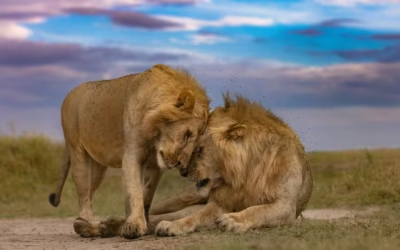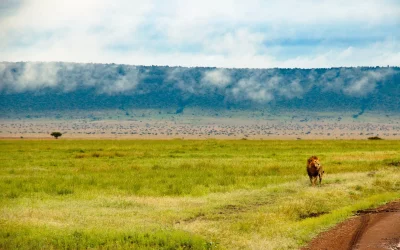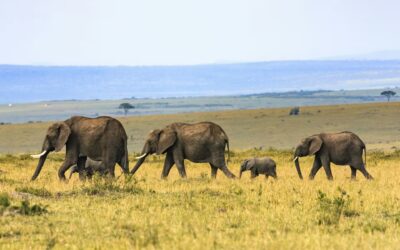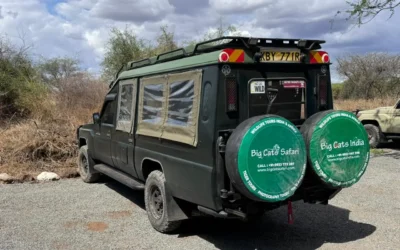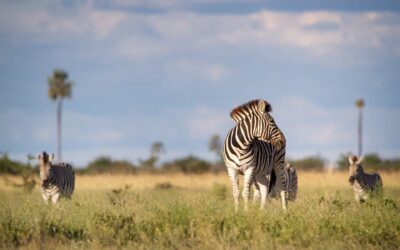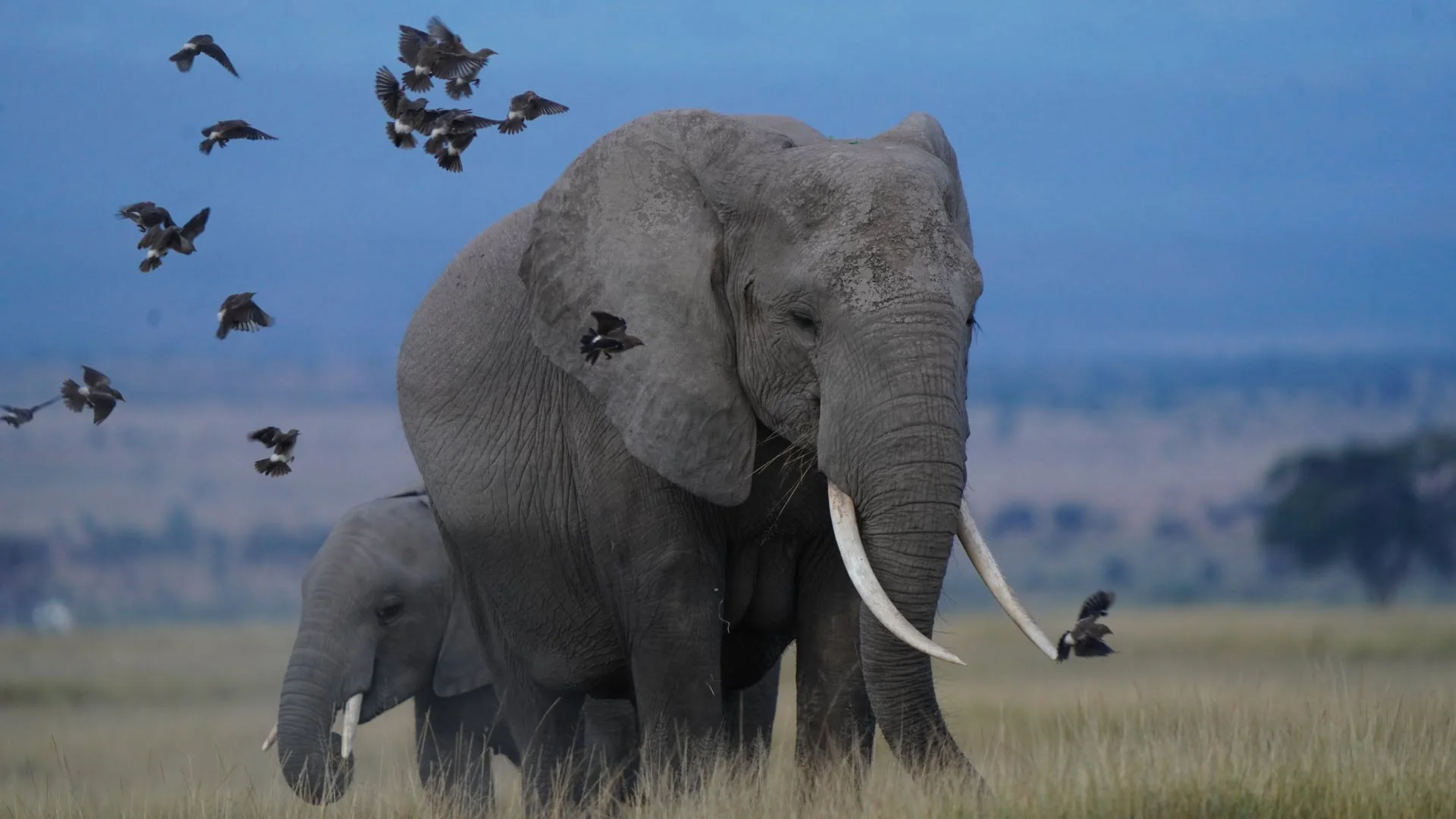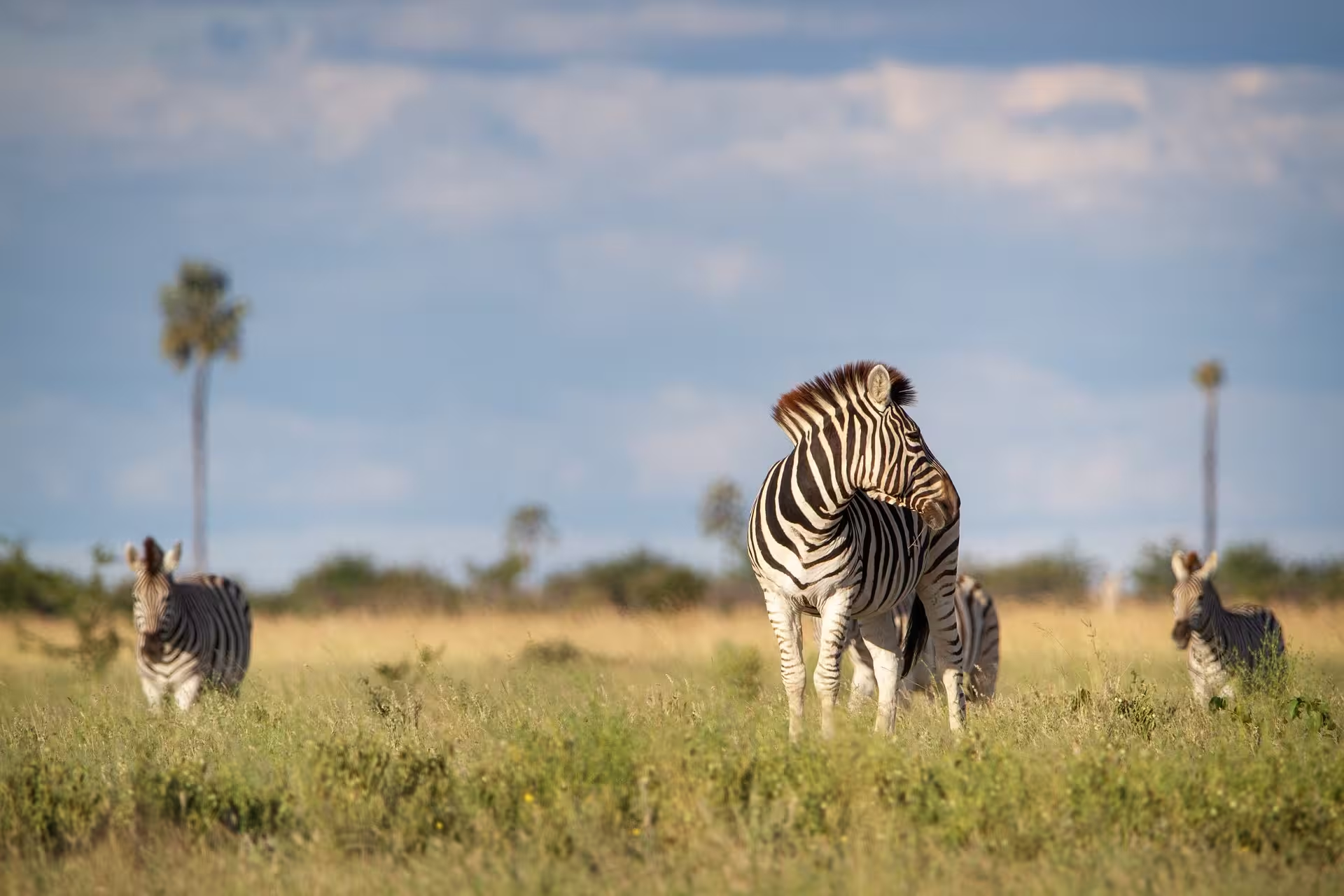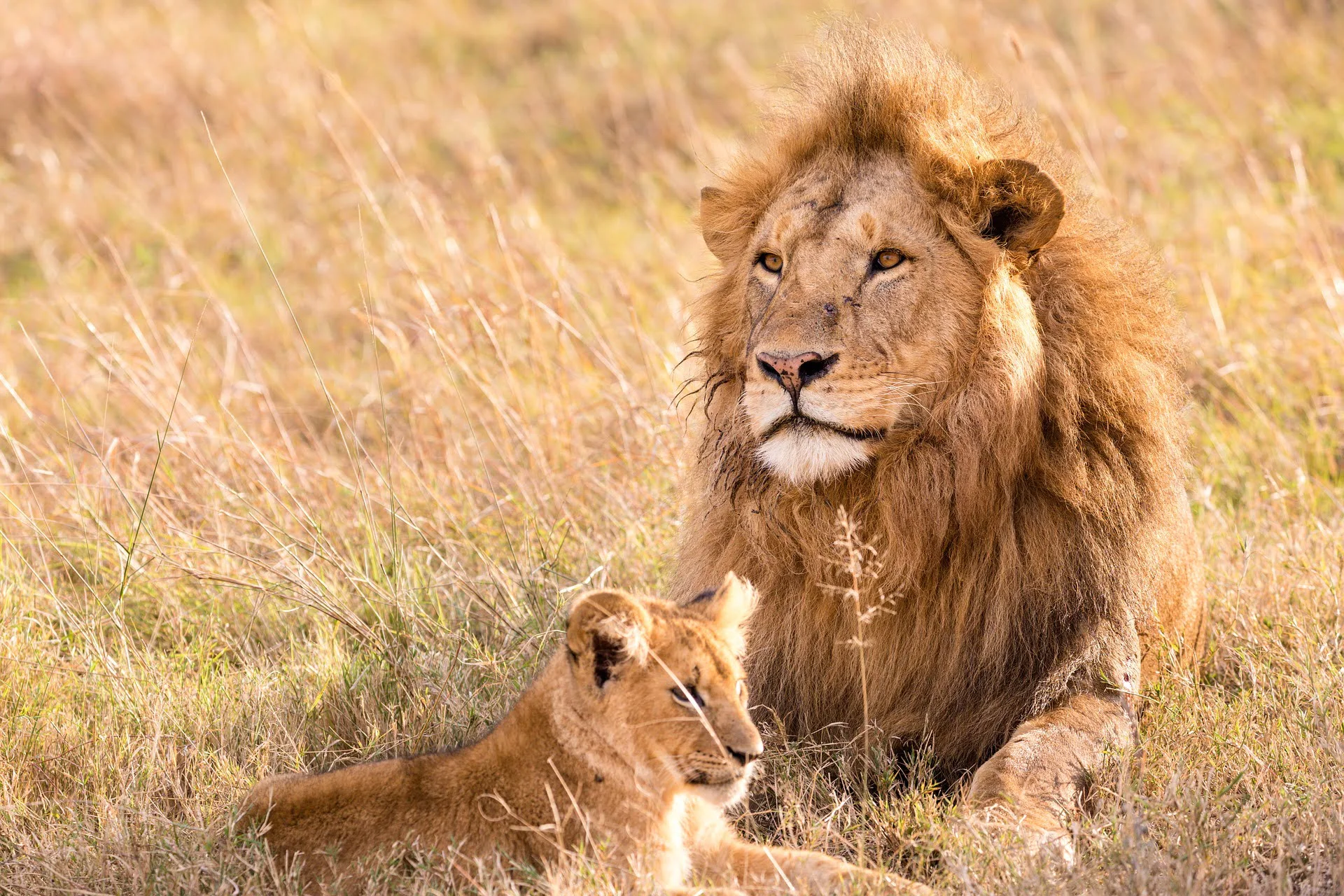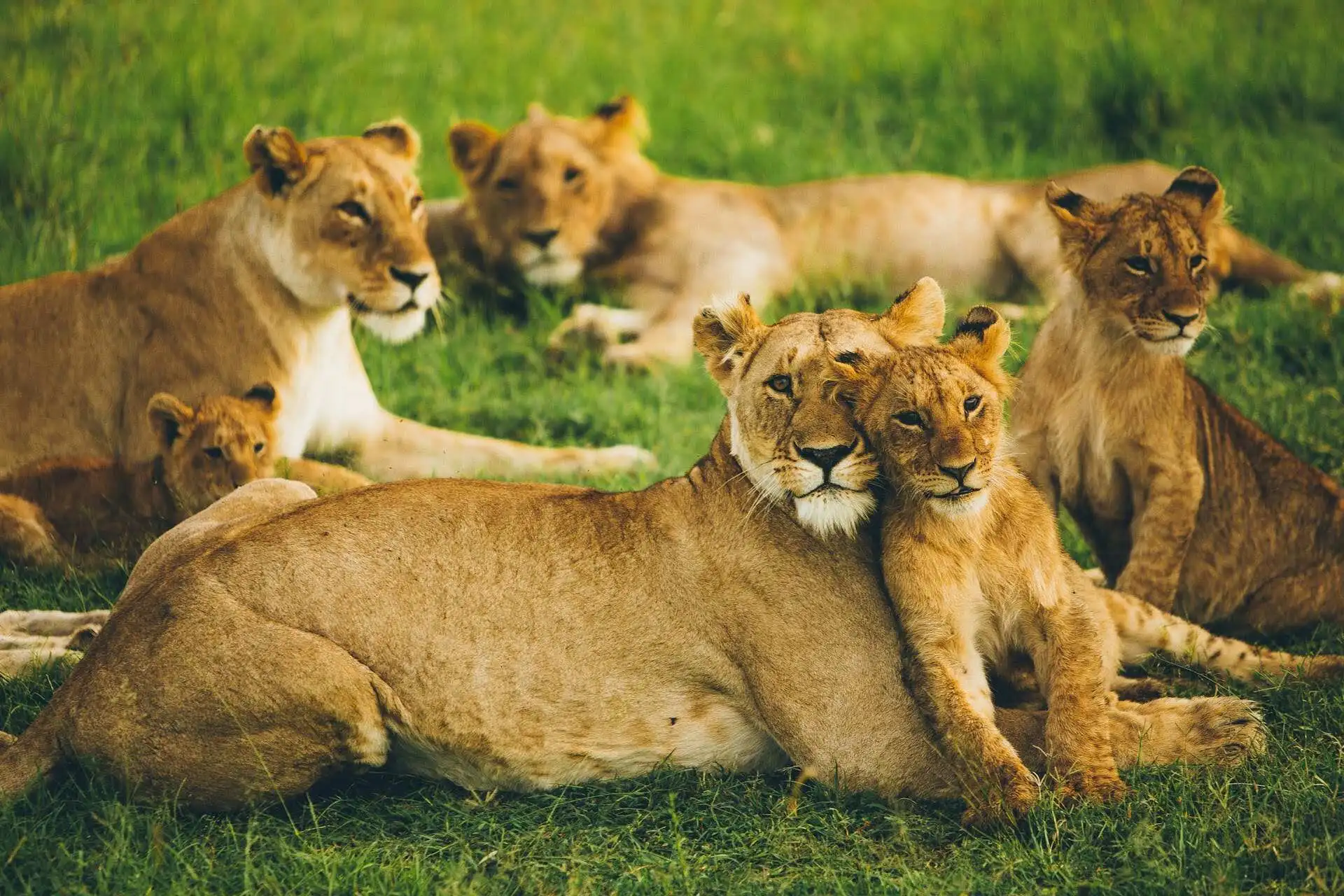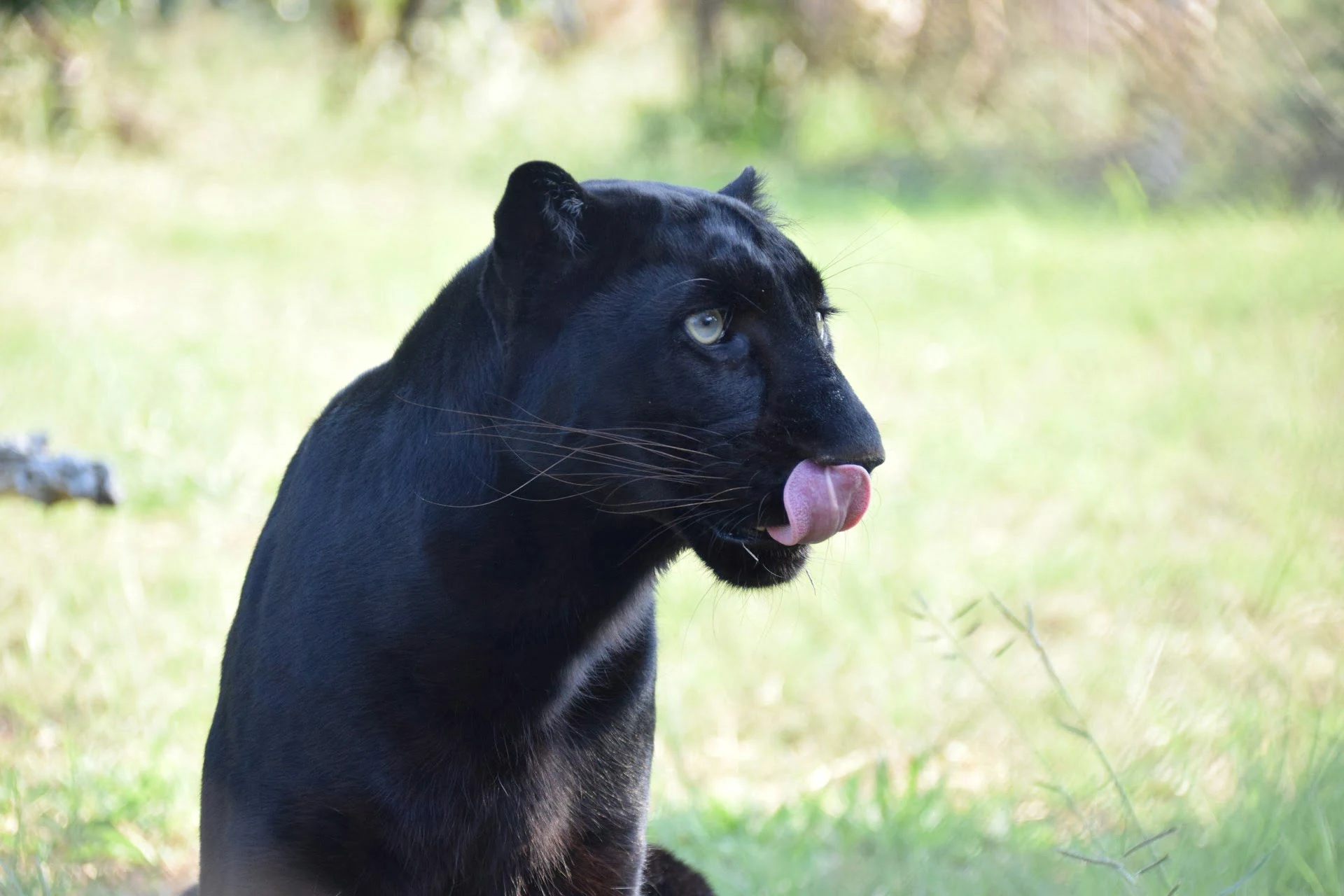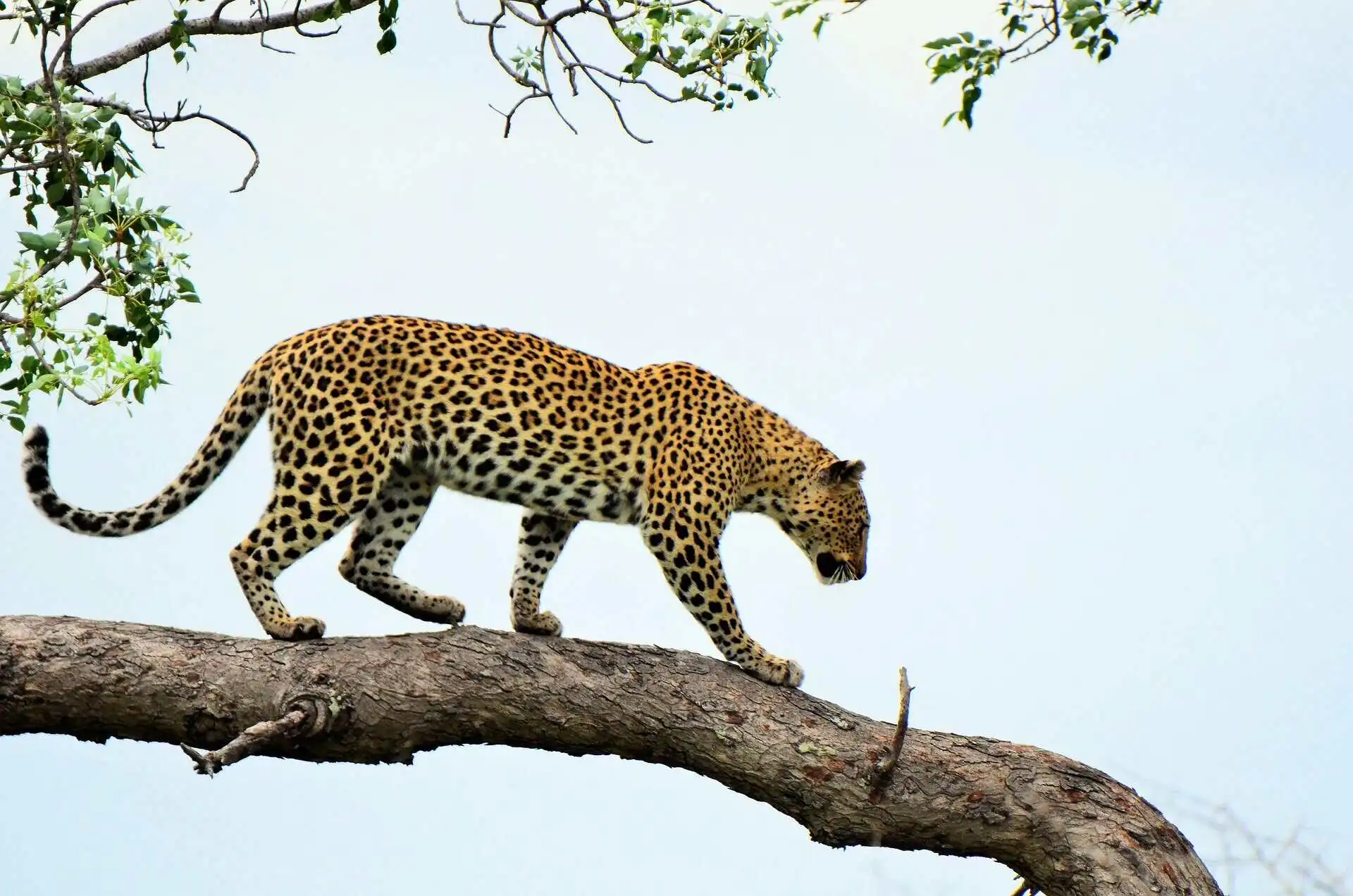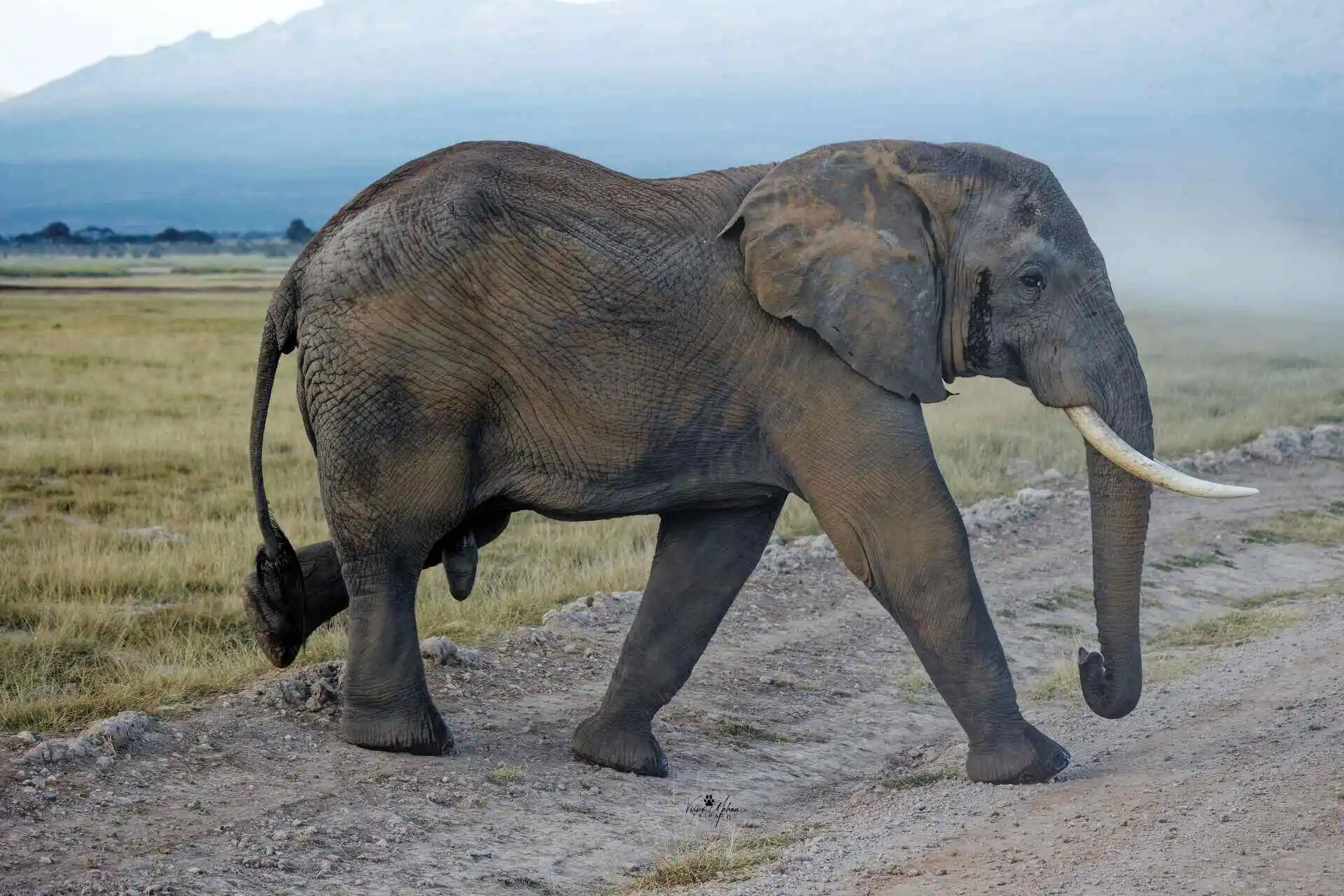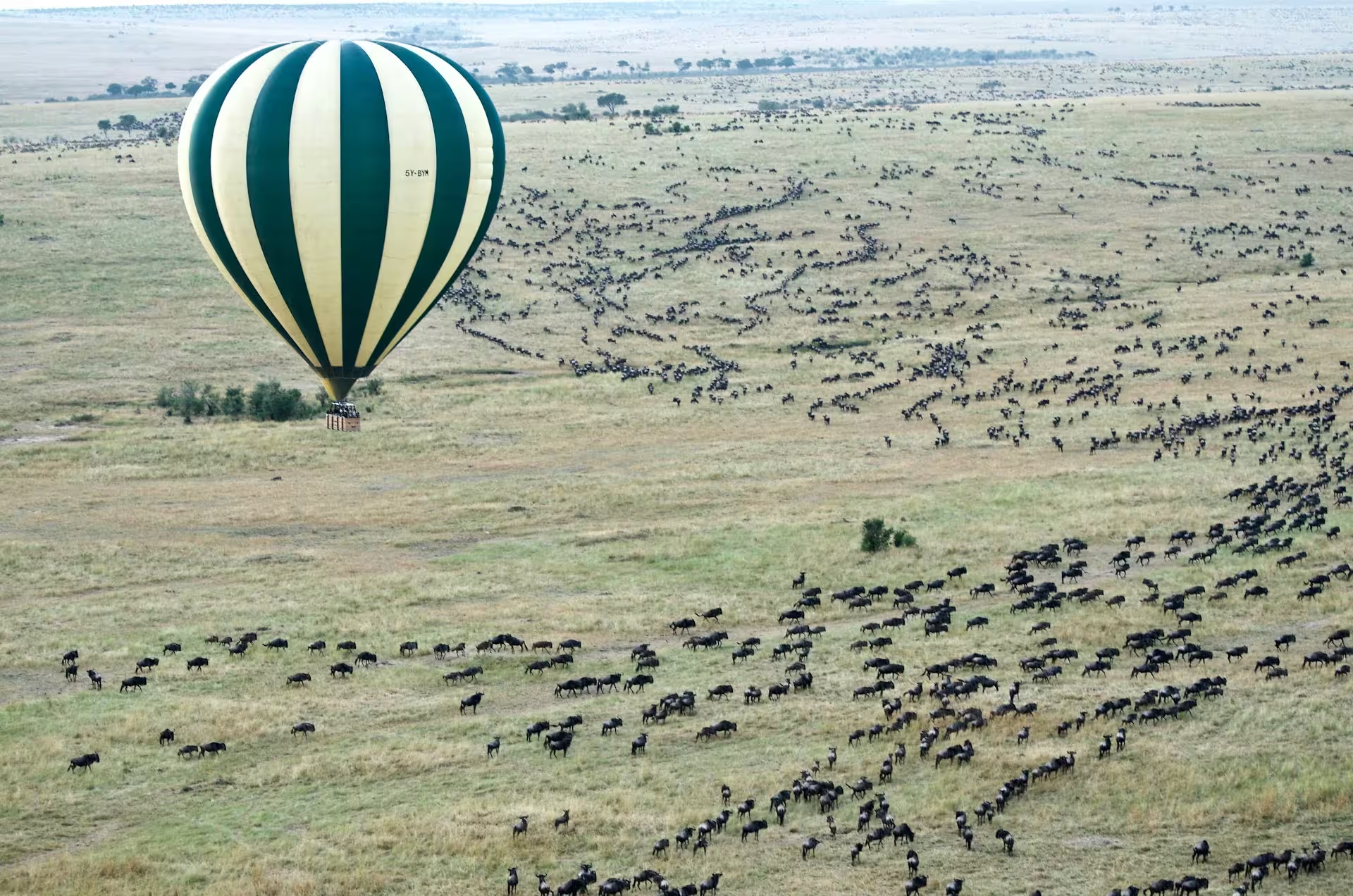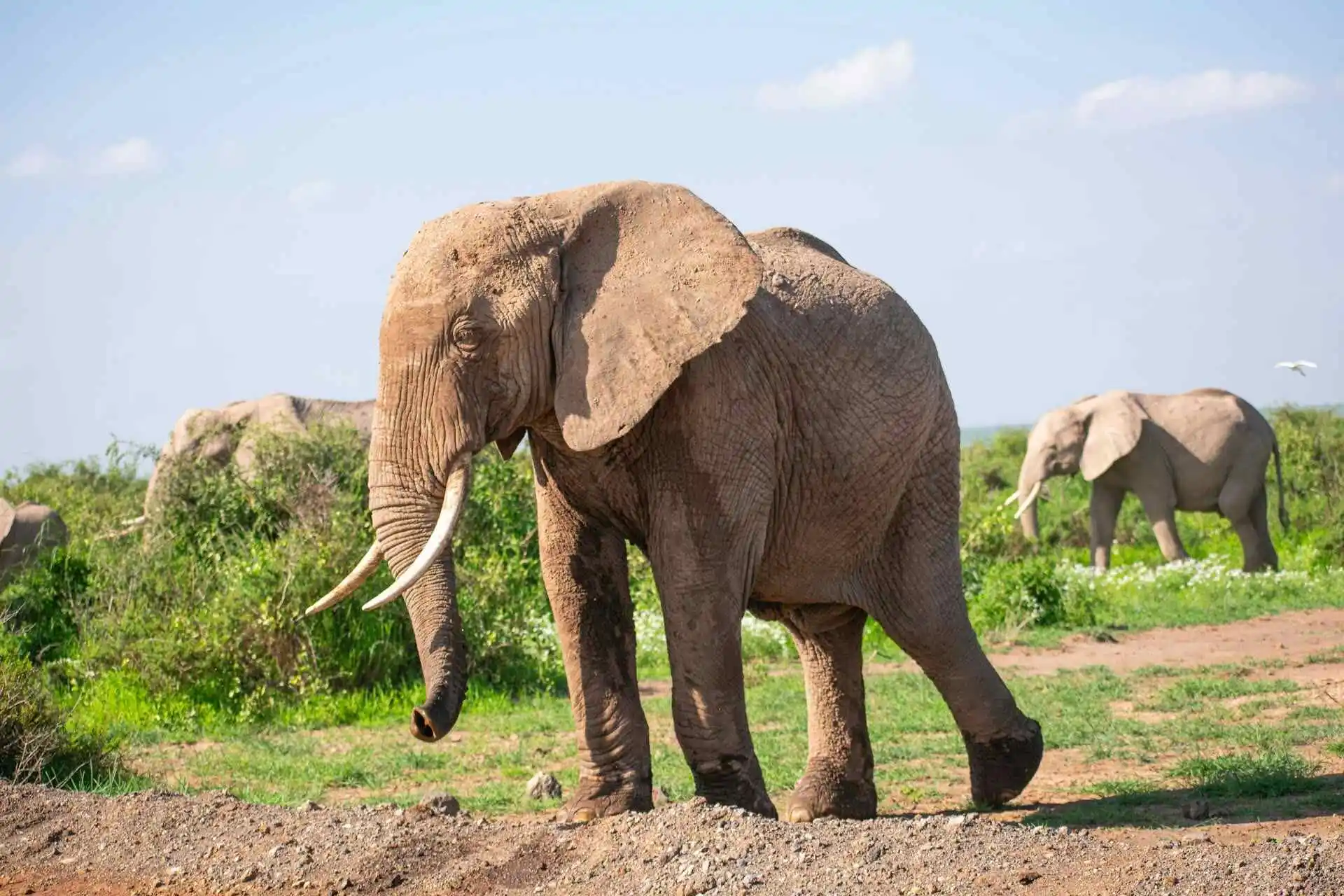The Ngorongoro Crater ranks among Africa’s most spectacular natural wonders. This massive volcanic caldera in northern Tanzania offers visitors an unparalleled safari experience. Before planning your visit, here are ten fascinating facts about this remarkable destination.
1. It’s the world’s largest intact caldera
The Ngorongoro Crater formed when a massive volcano exploded and collapsed on itself approximately 2.5 million years ago. With walls rising 2,000 feet from the crater floor and spanning roughly 100 square miles (260 square kilometers), it stands as the world’s largest unflooded and unbroken caldera.
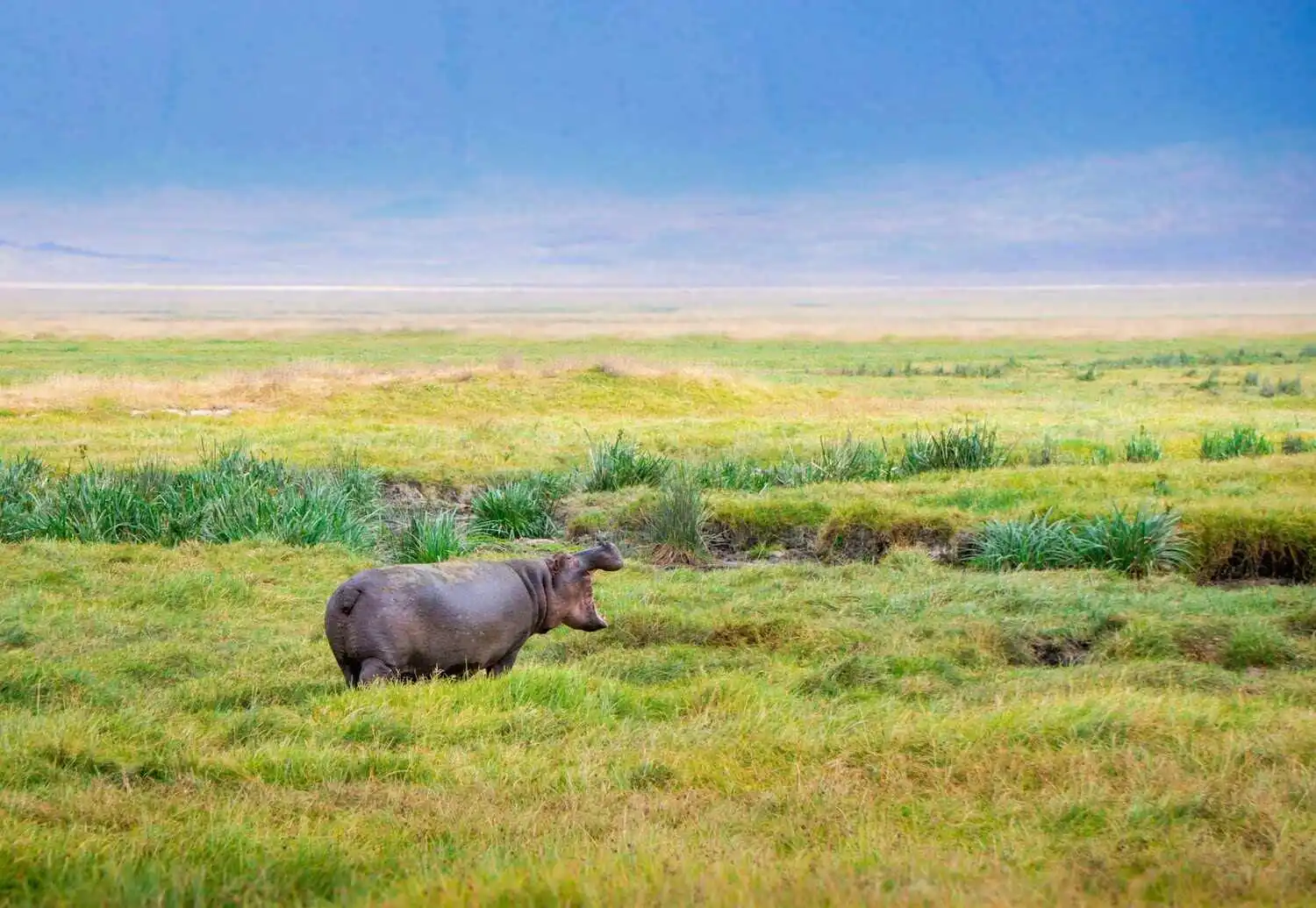
2. It’s a self-contained ecosystem
The crater functions as a natural enclosure for wildlife, creating what many call “Africa’s Eden.” The steep walls form a natural barrier that keeps most animals within the crater year-round, rather than migrating. This containment results in one of the highest concentrations of wildlife in Africa.
3. It hosts exceptional predator density
Ngorongoro boasts one of Africa’s highest densities of predators. The crater floor is home to approximately 25 black-maned lions, numerous spotted hyenas, jackals, and the occasional cheetah. Leopards primarily inhabit the forested crater rim rather than the floor itself.
4. It shelters critically endangered black rhinos
The crater provides sanctuary to a small but stable population of black rhinos – among the most endangered large mammals on Earth. While numbers remain limited (approximately 25-30 individuals), the crater’s protection offers one of the best places in Tanzania to spot these elusive creatures.
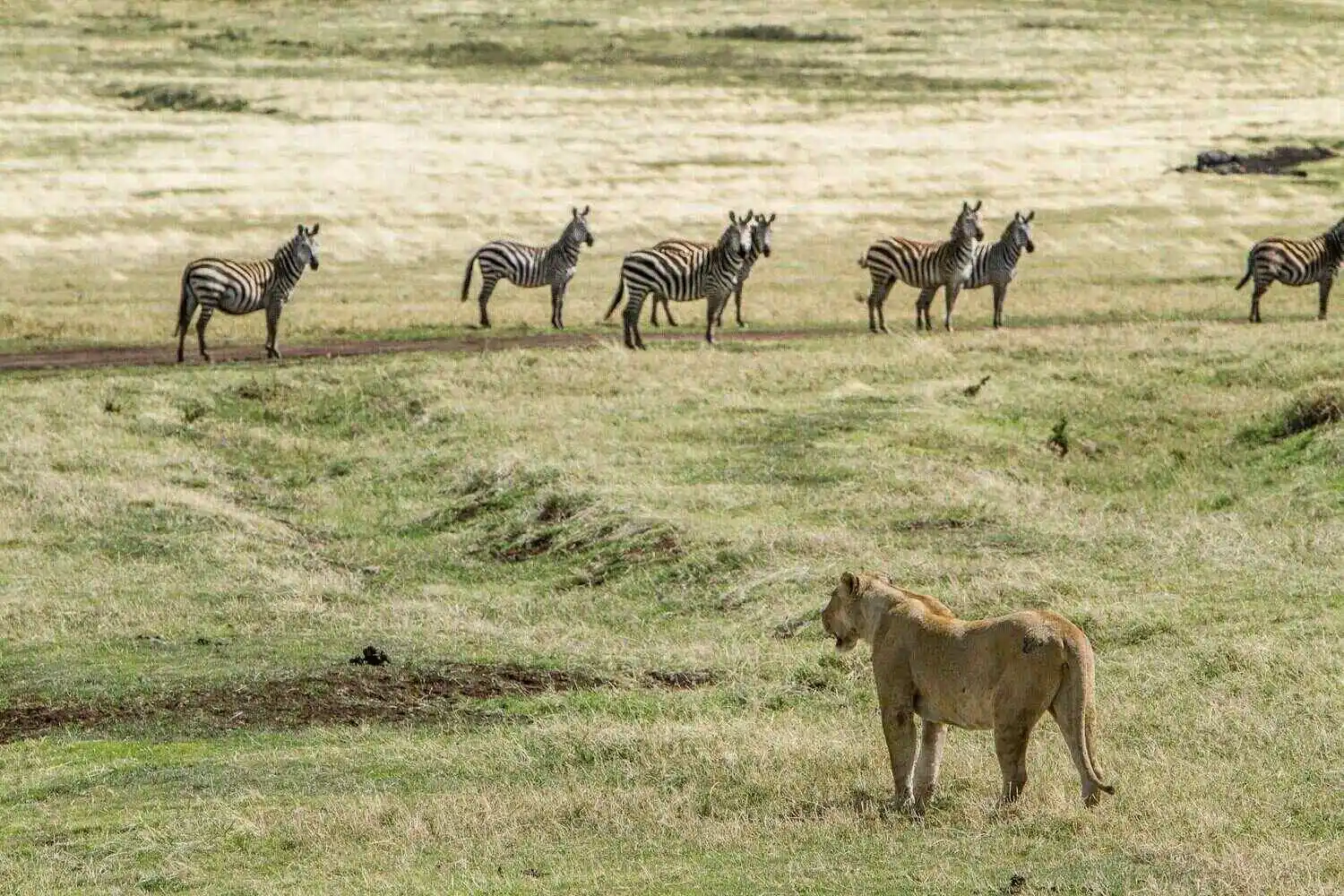
5. The Maasai still have grazing rights
When the Ngorongoro Conservation Area was established in 1959, local Maasai people received grazing rights inside the conservation area (though not on the crater floor). This makes Ngorongoro somewhat unique among protected areas, balancing wildlife conservation with traditional human livelihoods.
6. It’s a UNESCO triple crown site
Ngorongoro holds three UNESCO designations: a World Heritage Site, an International Biosphere Reserve, and a Global Geopark. This “triple crown” recognition underscores its exceptional universal value for both natural and cultural significance.
7. The crater floor has its own weather system
The crater creates its own microclimate. The rim experiences cooler temperatures and more rainfall than the floor, which tends to be warmer and drier. Morning mist often shrouds the crater before burning off to reveal spectacular views across the caldera.
8. It contains Lake Magadi and diverse habitats
Despite its relatively small size, the crater contains multiple habitats. At its heart lies Lake Magadi, a shallow soda lake that attracts countless flamingos during certain seasons. The crater also features grasslands, swamps, forests, and small rivers – each supporting different wildlife.
9. No elephants are born in the crater
While elephants visit the crater, few remain permanently, and females rarely give birth there. Most bulls seen in the crater are older males with impressive tusks who descend for the abundant vegetation and water. Elephant family groups typically inhabit the forests along the crater rim.
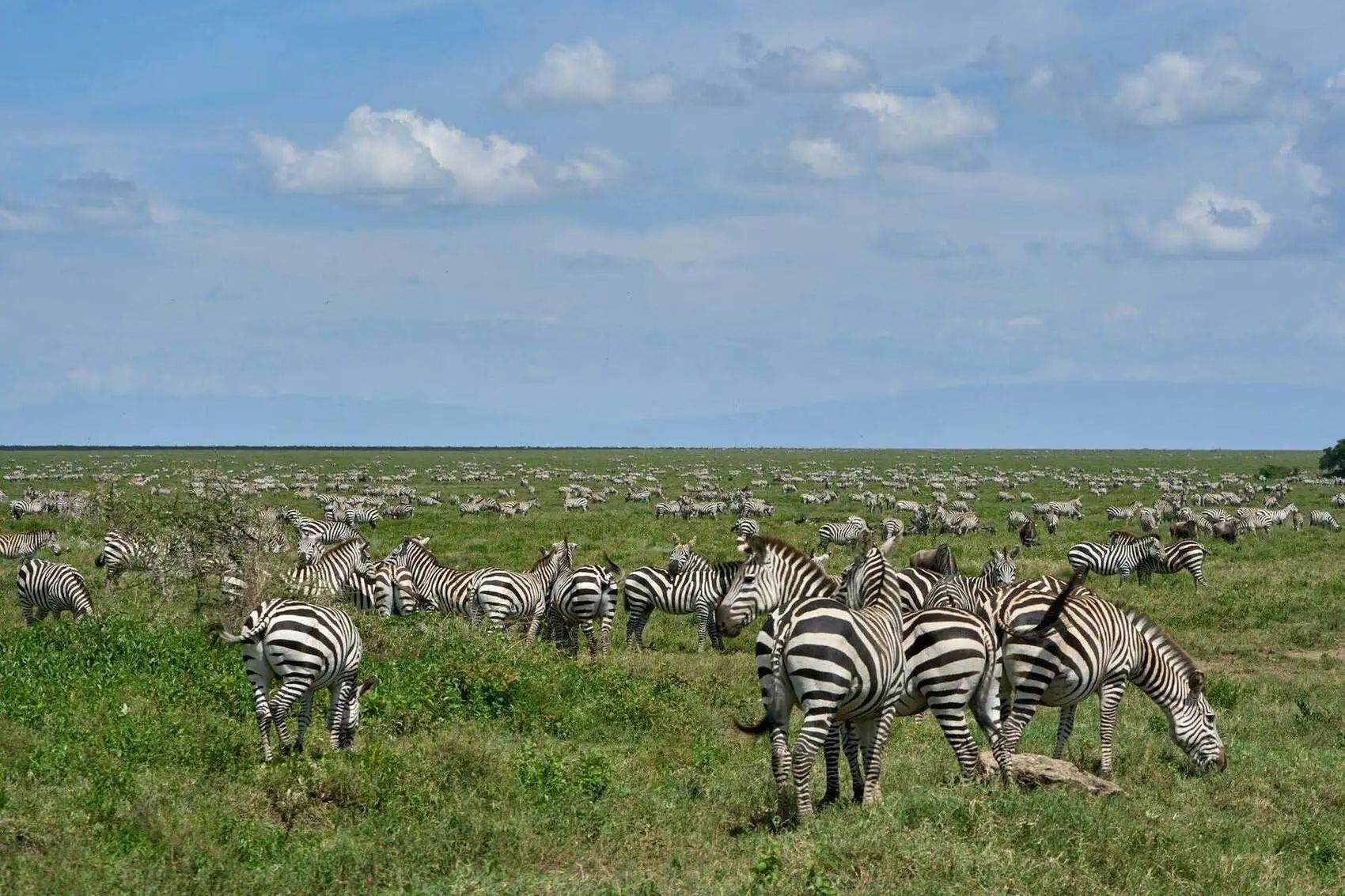
10. It was once higher than Mount Kilimanjaro
Before its collapse, the volcanic mountain that formed Ngorongoro likely stood taller than Mount Kilimanjaro (Africa’s highest peak at 19,341 feet). Geologists estimate the original volcano may have reached heights of 15,000-19,000 feet before its massive eruption and subsequent collapse.
Visiting the Ngorongoro Crater offers a rare opportunity to witness extraordinary wildlife density in a compact, visually stunning setting. With its combination of spectacular scenery and abundant animals, the crater delivers one of Africa’s most memorable safari experiences.

